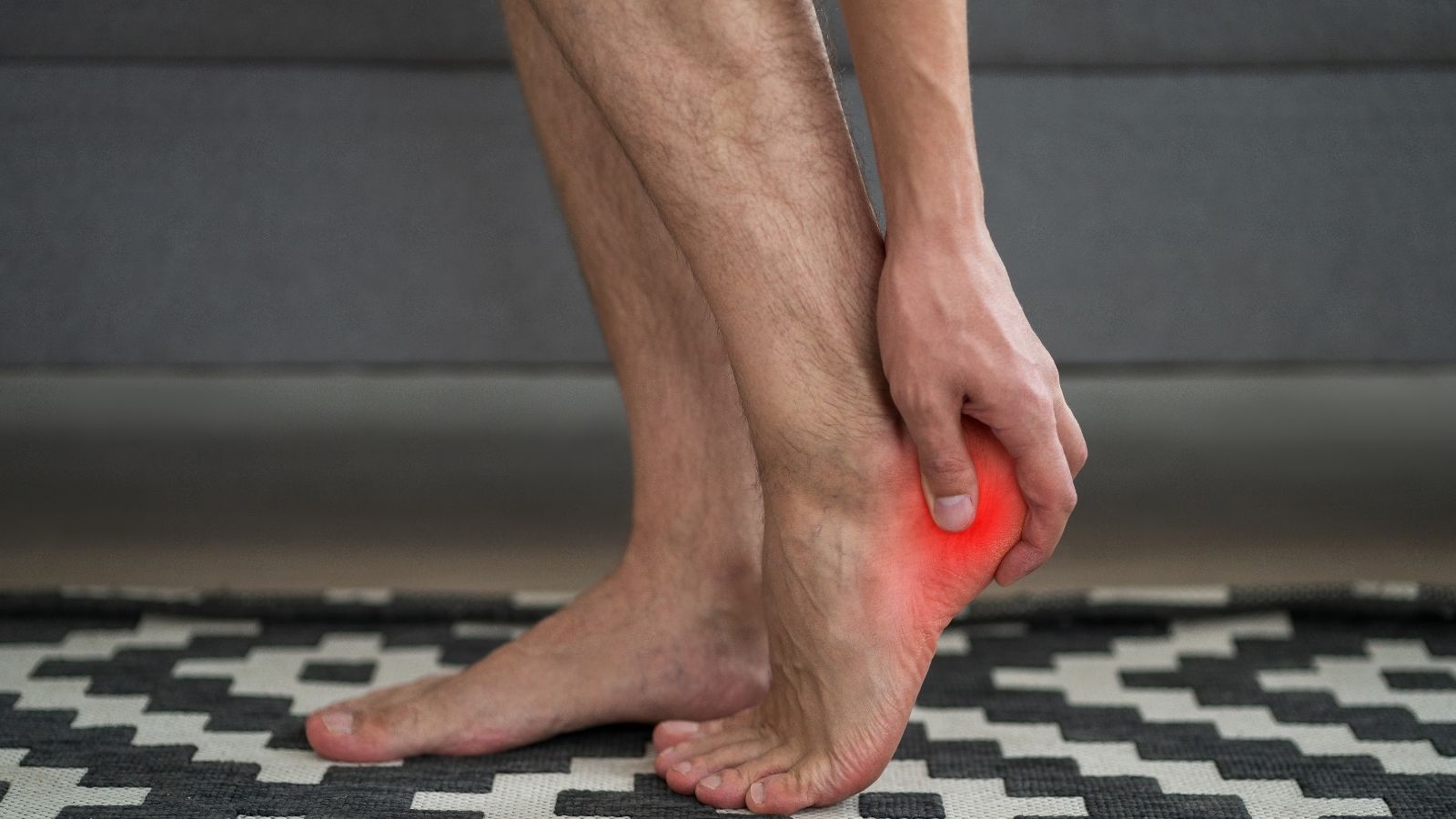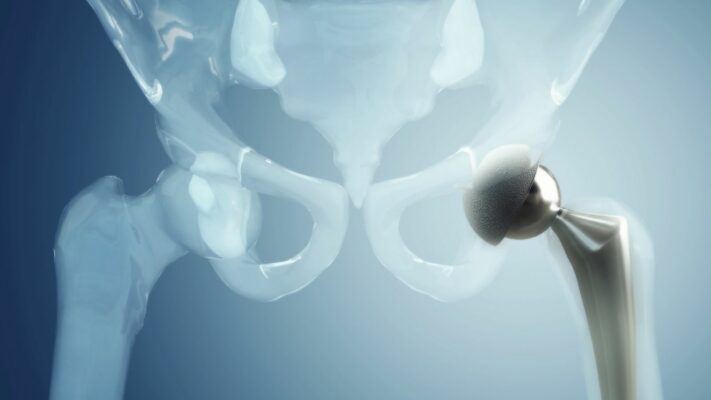Prof. Dr. Murat Demirel, one of the best orthopedic doctors treating heel spurs in Ankara, stands out with his long-standing experience in the treatment of this condition, which is caused by calcium buildup in the heel and leads to severe pain, especially with the first steps in the morning. Heel spurs usually develop due to excessive stretching of the plantar fascia tissue in the sole of the foot, and if left untreated, can lead to chronic pain. Among the hospitals in Ankara that treat heel spurs, Prof. Dr. Demirel offers personalized treatment plans for his patients in centers with advanced medical equipment and high hygiene standards.
During the treatment process, modern methods such as rest, use of insoles, physical therapy, PRP injections, and ESWT (shock wave therapy) are preferred. In necessary cases, surgical interventions can also be performed. With the doctor’s recommendations after heel spur treatment, the recovery process is ensured to be fast, safe, and permanent. In addition, transparent and up-to-date information about heel spur treatment prices in Ankara is provided, helping patients make informed decisions. You can also make an appointment right away to protect your foot health, reduce your pain, and take comfortable steps.
| Disease Name | Heel Spur (Plantar Fasciitis) |
| Affected Area | Heel, sole of the foot |
| Main Causes | Strain and repetitive microtrauma of the plantar fascia; prolonged standing, improper footwear, excess weight, flat feet |
| Symptoms | Severe heel pain, especially with the first step in the morning, decreasing during the day but increasing again with prolonged standing |
| Risk Factors | Excess weight, prolonged standing, improper shoes, repetitive activities such as running, flat feet or high-arched feet |
| Diagnostic Methods | Clinical examination, patient history, occasionally X-ray or MRI to evaluate heel spur or plantar fascia thickening |
| Treatment Methods | Rest, ice application, stretching exercises, use of insoles, NSAID medications, corticosteroid injections; surgery is rare |
| Surgical Requirement | In resistant and persistent cases, plantar fascia release surgery may be performed |
| Need for Physical Therapy | Usually recommended; stretching exercises for the plantar fascia and Achilles tendon |
| Possible Complications | Chronic pain, gait disturbances, ankle or knee problems |
| Recovery Period | Usually improvement occurs within a few weeks to a few months with conservative treatment |
| Need for Follow-up | Regular follow-up is recommended for clinical monitoring, physical therapy, and footwear adjustment |


Prof. Dr. Murat Demirel
Orthopedics and Traumatology Specialist
Orthopedics Specialist Prof. Dr. Murat Demirel was born in Ankara in 1974. He completed his primary education at Ankara Kavaklıdere Primary School and his secondary and high school education at Ankara Atatürk Anatolian High School. Dr. Demirel graduated from Ankara University Faculty of Medicine in 1998 and completed his residency in Orthopedics and Traumatology at Ankara Numune Training and Research Hospital, 1st Orthopedics and Traumatology Clinic, in 2004.
PhD
Ankara University Institute of Health Sciences
Specialization
Ankara Numune Training and Research Hospital, 1st Orthopedics Clinic
Medical School
Ankara University Faculty of Medicine
Yazı İçeriği
What is a Heel Spur and Plantar Fasciitis Often Confused With It, and What Approach Does Heel Spur Treatment Require?
A heel spur, as the name suggests, is a bony protrusion that develops under the heel bone over time due to calcium buildup, appearing on X-rays like a small spur or beak. This protrusion occurs at the attachment point of the plantar fascia, a strong fibrous band that connects the heel bone to the base of the toes and supports the arch of the foot.
The plantar fascia is a critical structure that bears body weight and absorbs shock like a spring while walking, running, or jumping. When excessive, repetitive stress is placed on it, small tears and damage occur in the tissue. The body’s natural response is inflammation. This condition is called “plantar fasciitis” and is the real cause of most heel pain.
You can think of the relationship between the two conditions like this: chronic tension on the plantar fascia may trigger the body to produce bone in that area as a defense mechanism. In other words, a heel spur is usually a result of plantar fasciitis, not the cause. In fact, about 10% of people have heel spurs without any symptoms. Therefore, seeing a spur on an X-ray does not change the treatment focus. Effective heel spur treatment focuses not on eliminating the spur itself but on reducing inflammation in the plantar fascia and relieving the excessive load on it. The treatment plan is tailored individually based on the severity of symptoms, lifestyle, and underlying causes rather than the presence of the spur itself.
What Causes These Problems in the Sole of the Foot and How Does Heel Spur Treatment Address Them?
Heel spurs and plantar fasciitis are usually overuse injuries that develop over time due to multiple factors. It is your body’s way of saying, “I can’t bear this load anymore!” The success of treatment depends on identifying and eliminating the root causes. There are several main risk factors and triggers.
Some of these include:
- Excess weight or obesity
- Foot structure problems
- Tight calf muscles
- Occupational factors and prolonged standing
- Intense or improper sports activities
- Improper footwear
- Advancing age
- Sudden changes in activity level
Being overweight significantly increases the stress on the plantar fascia with each step. Even a 10% increase in body weight can considerably raise the load on your feet. Therefore, weight control is one of the cornerstones of treatment.
Foot structure plays an important role. Both flat feet (pes planus) and very high arches (pes cavus) cause uneven pressure distribution across the sole. In flat feet, the fascia is overstretched, while in high arches, shock absorption decreases, concentrating excessive stress on certain points.
Tight calf muscles (gastrocnemius) limit ankle flexibility and increase plantar fascia strain during walking, often triggering the problem without patients realizing the connection.
Occupations like teaching, waiting, surgery, or factory work that involve standing long hours on hard surfaces put constant stress on the plantar fascia.
Sports involving repetitive jumping and impact, such as running, dancing, or basketball, especially without proper technique or footwear, pose serious risk factors.
Inadequate footwear lacking arch support, with thin or hard soles, or poor fit can severely strain the fascia. Flip-flops or flat shoes without support are common culprits.
With age, the plantar fascia loses elasticity and the natural fat pad under the heel thins, reducing shock absorption. This is most common between ages 40-60.
Switching suddenly from a sedentary lifestyle to intense exercise, or drastically increasing workout intensity, may overwhelm the fascia’s adaptability and cause injury.
Heel spur treatment addresses these risk factors by encouraging weight loss, prescribing custom insoles, implementing stretching programs for calf muscles, and educating on proper footwear. The goal is not only to relieve pain but also to permanently reduce stress on the fascia and prevent recurrence.
What are the Most Typical Symptoms of a Heel Spur and How Does Treatment Relieve Them?
Heel spur and plantar fasciitis symptoms are very characteristic. Recognizing them helps understand the problem:
- Sharp, stabbing pain with the first steps in the morning
- Similar pain after standing up following long sitting
- Tenderness under the heel, often on the inner side
- Pain easing with walking during the day
- Pain returning after prolonged activity or at day’s end
- Pain becoming dull and aching
- Rare mild swelling or warmth in the heel
- Walking barefoot on hard surfaces worsening pain
The hallmark symptom is “first-step pain.” After rest, the fascia shortens. When you stand, it suddenly stretches, causing sharp pain. Walking increases blood flow, easing pain, but this does not mean the problem is gone.
Treatment focuses on eliminating these symptoms. Anti-inflammatory therapies (medications, ice) reduce pain and swelling. Stretching exercises and night splints improve flexibility, reducing morning pain. Custom insoles and supportive shoes redistribute stress, easing strain. The aim is to restore a pain-free, active lifestyle.
Contact us for detailed information and an appointment!
How is Heel Pain Diagnosed and Why is This Critical for Successful Heel Spur Treatment?
When consulting an Orthopedics and Traumatology specialist for heel pain, diagnosis involves several steps. Accurate diagnosis is vital because other conditions can cause heel pain and must be excluded.
The first and most important step is a detailed discussion. Your doctor will ask:
- Where is the pain?
- When did it start?
- How would you describe the pain? (stabbing, aching, burning, etc.)
- When is it worst during the day? Especially in the morning?
- Which activities worsen or relieve it?
- What is your profession? Do you play sports?
- What kind of shoes do you wear?
- Have you experienced similar problems before or do you have other conditions?
Answers provide up to 90% diagnostic accuracy. Then a physical exam assesses heel tenderness, fascia tension, calf flexibility, and gait.
Usually, these steps are enough to diagnose plantar fasciitis. If symptoms are atypical or resistant to treatment, imaging may be needed. X-rays confirm spurs or rule out fractures, tumors, or cysts. MRI or ultrasound may show fascia thickening, tears, or nerve compression.
Differential diagnosis considers:
- Heel bone stress fracture
- Nerve entrapment (e.g., tarsal tunnel syndrome)
- Fat pad atrophy under the heel
- Achilles tendinitis or bursitis
- Rheumatic diseases (rheumatoid arthritis, ankylosing spondylitis)
- Bone infection (osteomyelitis) or tumors
Accurate diagnosis ensures the most effective treatment. Successful heel spur treatment can only be built on a correct diagnosis.
What Are Non-Surgical Approaches and Which Methods Are Typically Used First?
Good news: over 90% of heel spur and plantar fasciitis cases are successfully treated conservatively without surgery. Treatment progresses step by step, starting simple and moving up only if necessary. Patient commitment and patience are key.
Initial methods include:
- Activity modification and rest
- Ice application
- Stretching exercises
- Proper shoes and insoles
Avoid pain-triggering activities. Replace running with swimming or cycling. Take breaks if standing long hours. Ice therapy reduces pain and inflammation—roll a frozen water bottle under the heel for 15-20 minutes. Stretching calves and fascia daily is essential. Morning towel stretches and wall calf stretches help reduce stiffness and pain.
Supportive shoes with arch support and cushioning are vital. Custom or prefabricated insoles may correct pressure distribution. NSAIDs may be prescribed for short-term pain control. If insufficient, physiotherapy, manual therapy, dry needling, or taping can be added. Night splints help with severe morning pain.
Are Injections an Option and Which Types Are Used for Heel Spur Treatment?
If months of conservative treatments fail, injections may be considered. They directly target the painful area and can be effective. Two main types are:
- Corticosteroid injections
- Platelet-Rich Plasma (PRP) injections
Corticosteroids strongly reduce inflammation, providing rapid relief. However, effects are temporary, and repeated injections risk fascia rupture and fat pad thinning, so limited use is advised.
PRP uses the patient’s own blood, processed to concentrate platelets rich in growth factors. Injected into the fascia, PRP stimulates healing rather than only suppressing inflammation. Results may take longer but can be more lasting, with lower risk of tissue damage.
What is Shock Wave Therapy (ESWT) and How Does it Help in Heel Spur Treatment?
Extracorporeal Shock Wave Therapy (ESWT) is a modern, non-surgical option for chronic heel pain resistant to other treatments. High-energy sound waves create microtrauma in the tissue, restarting healing processes.
Benefits include:
- Increased blood flow (neovascularization)
- Release of growth factors
- Reduced chronic inflammation
- Desensitization of pain nerves
Treatment takes 10-15 minutes per session, usually 3-5 sessions spaced 1-2 weeks apart. It improves pain and function in many patients with minimal side effects.
When is Surgery Necessary and What Are the Options?
Surgery is the last resort, used in only about 5% of cases after 6-12 months of failed conservative treatment. Criteria include persistent pain limiting daily life and exclusion of other pathologies.
Surgical methods include:
- Plantar fascia release (fasciotomy)
- Gastrocnemius release (calf lengthening)
Fasciotomy reduces fascia tension, performed open or endoscopically. Large spurs may be trimmed, but the goal is fascia relief. Gastrocnemius release is used when tight calf muscles are the main cause. Risks include infection, nerve injury, persistent pain, or arch collapse. The decision must be carefully discussed with the surgeon.
Contact us for detailed information and an appointment!
Frequently Asked Questions
What is a heel spur and how does it form?
A heel spur is a bony growth under the heel bone caused by excessive strain of the muscles and ligaments in the sole. It usually develops after inflammation of the plantar fascia. Risk factors include prolonged standing, excess weight, improper footwear, and walking on hard surfaces.
What are the symptoms of a heel spur?
Patients feel stabbing or aching pain in the heel, especially with the first steps in the morning or after long standing. Pain decreases with activity but returns after prolonged standing.
How is a heel spur diagnosed?
Diagnosis is made by clinical examination and patient history. X-rays confirm the presence of a bony spur under the heel.
How is heel spur treatment done?
Initial treatment includes rest, proper footwear, insoles, cold application, and massage. If pain persists, physiotherapy, stretching, corticosteroid injections, and rarely ESWT may be used. Surgery is reserved for resistant cases.
Does a heel spur go away on its own?
In most cases, pain improves with lifestyle changes and simple measures. Without treatment, pain may persist for months and affect daily life.
Can a heel spur recur?
Yes, if risk factors persist such as excess weight, improper footwear, or prolonged standing, recurrence is possible.
What should patients with heel spurs pay attention to?
Supportive shoes should be worn, weight control maintained, standing long hours on hard surfaces avoided, and prescribed exercises performed regularly.
What are heel spur exercises?
Stretching exercises for the sole and calf muscles, towel stretches, wall calf stretches, and rolling the sole with a massage ball are effective.
Can children develop heel spurs?
Although mostly seen in adults, heel spurs can rarely occur in children, especially those active in sports, standing long hours, or wearing improper footwear.
How can heel spurs be prevented?
Regular exercise, supportive footwear, weight control, avoiding prolonged standing, and maintaining foot health help prevent heel spurs.




